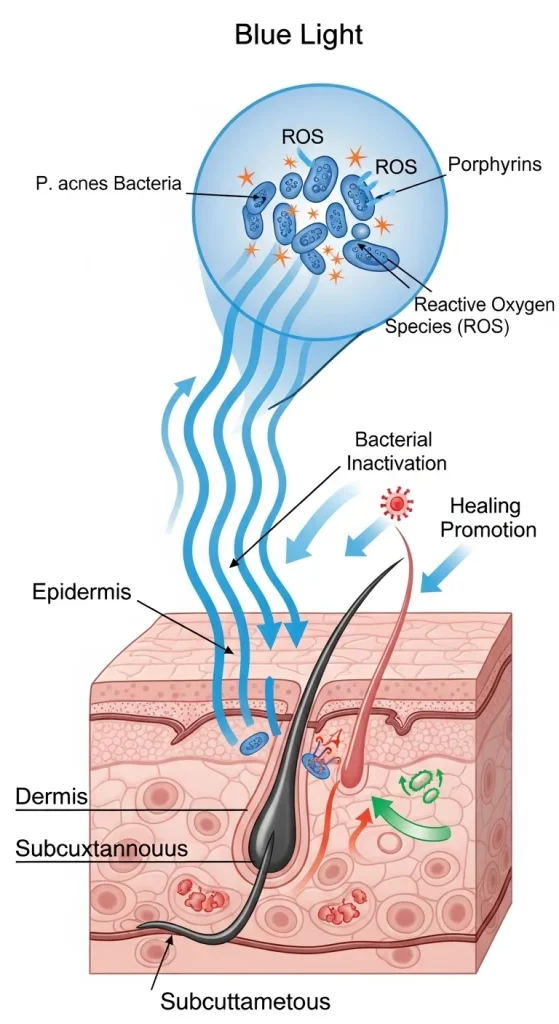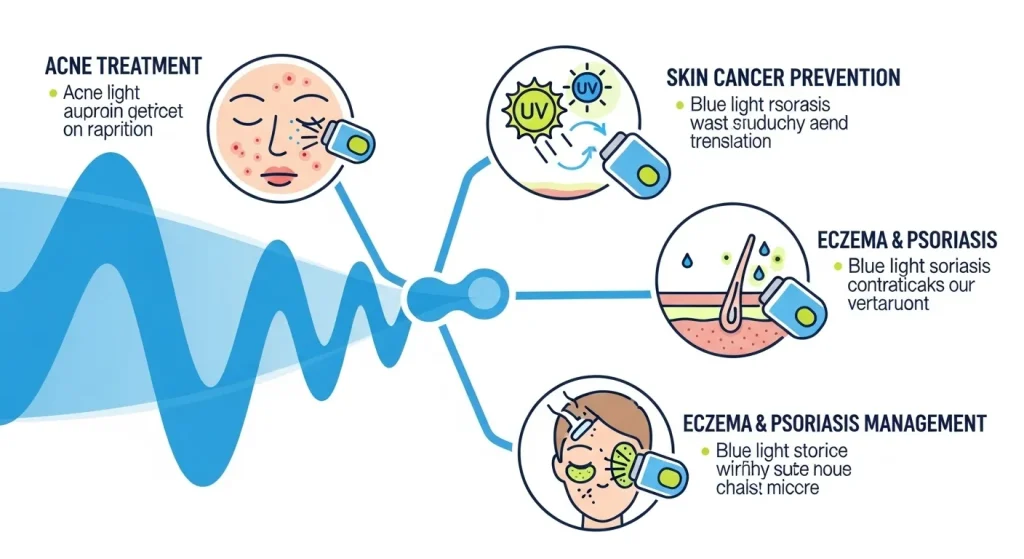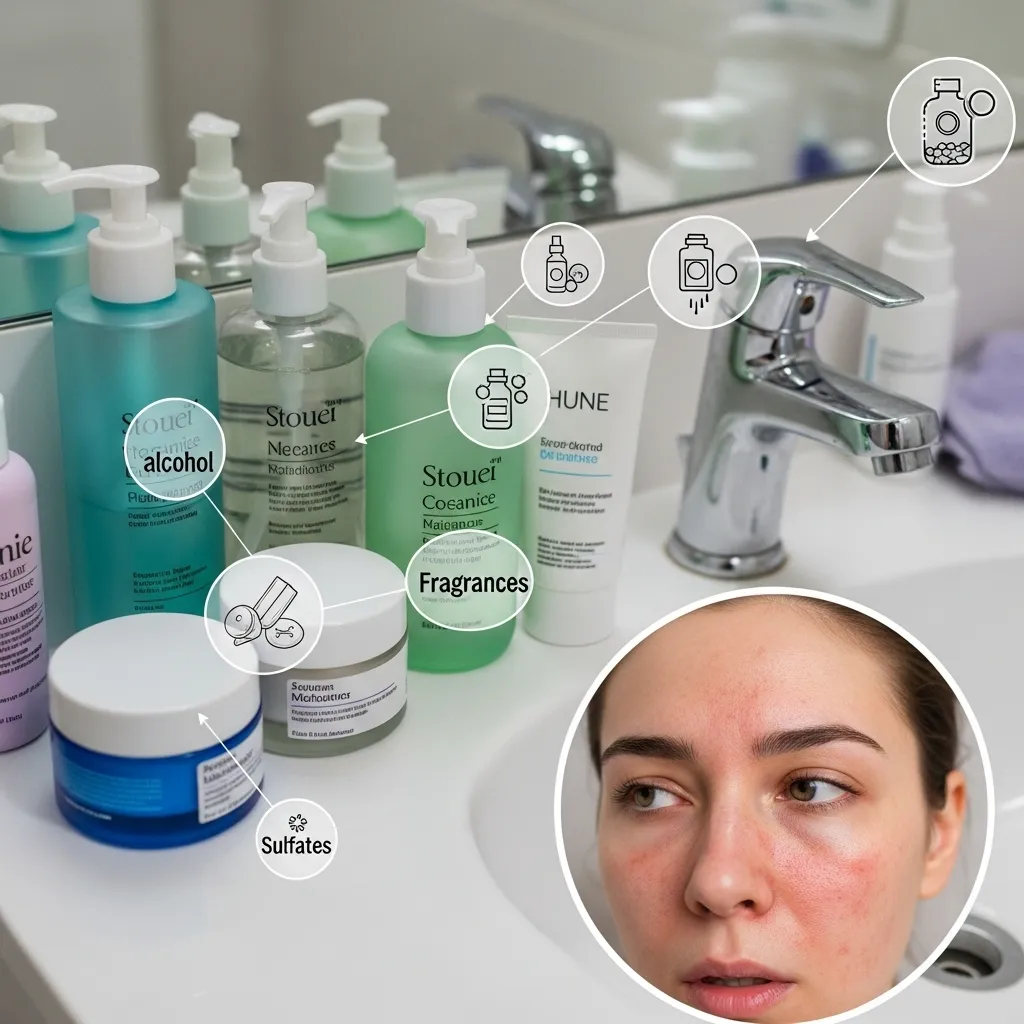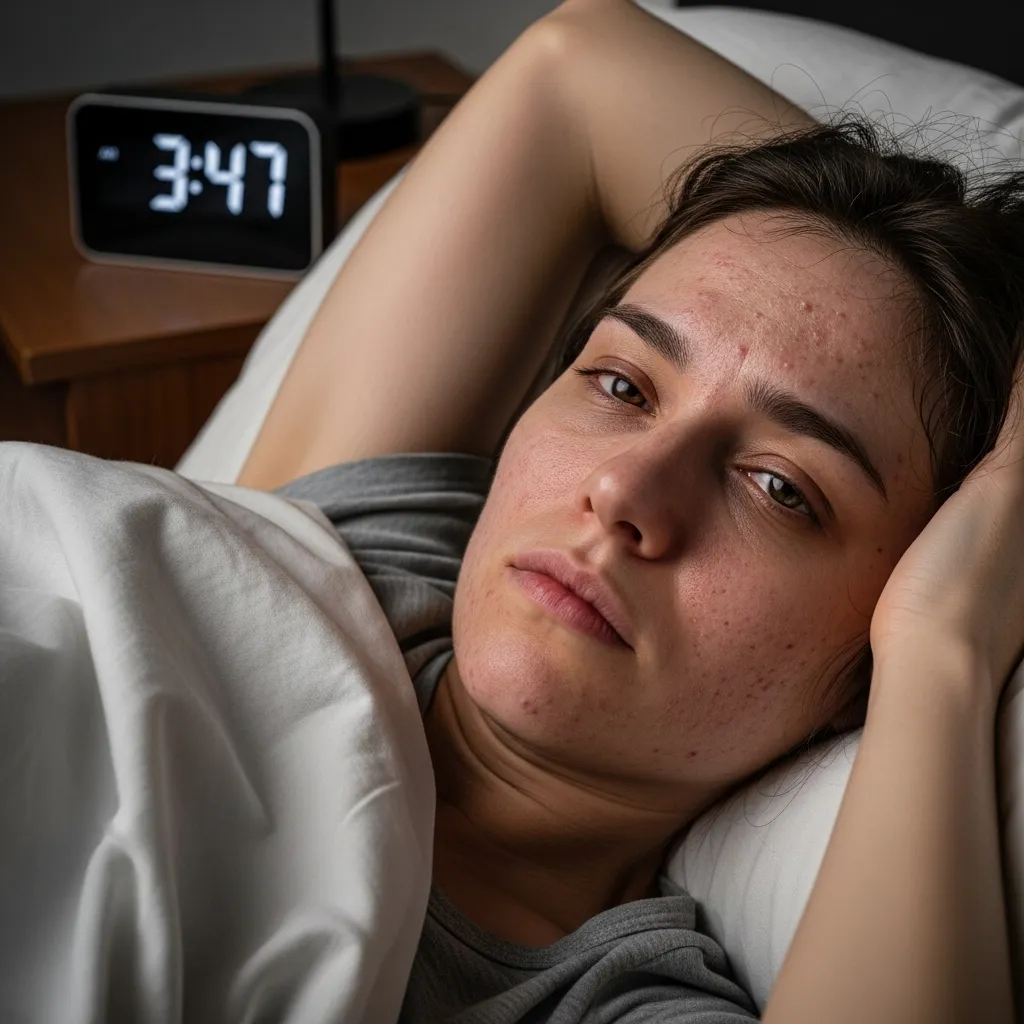Blue Light Therapy: Benefits, Side Effects, and Real Results
Blue light therapy treats many skin conditions effectively. Most people don’t know it can prevent skin cancer and remove precancerous lesions. Dermatologists recommend this therapy for acne and sun damage, but the treatment offers much more than what meets the eye. The story behind this therapy is fascinating. NASA scientists discovered its potential during their research in the 1990s. They found that LEDs helped promote wound healing for astronauts. The therapy’s benefits now go beyond treating actinic keratosis, those reddish, scaly patches from severe sun damage. The treatment shows promising results for inflammatory skin conditions like atopic dermatitis, eczema, and psoriasis.
The science works through a process called photodynamic therapy. Blue light combines with photosensitive chemicals and creates reactive oxygen that destroys potentially harmful skin cells. This piece will tell you everything you need to know about blue light treatment. You’ll learn details that your dermatologist might not fully explain about potential results.
What is blue light therapy and how does it work?
Blue light consists of wavelengths between 400-500 nanometers in the visible light spectrum. Unlike ultraviolet radiation, it penetrates deeper into the skin and reaches the dermis where collagen and elastin exist. This unique quality helps blue light therapy target cells beneath the surface and treat skin conditions of all types.
Several mechanisms drive the therapeutic effects. Blue light’s interaction with chromophores triggers biochemical reactions within cells. These light-absorbing molecules include porphyrins, flavins, nitrosated proteins, and opsins.
The light creates reactive oxygen species (ROS) that destroy bacteria. This explains why it works against Cutibacterium acnes, which causes acne. Research shows that blue light changes inflammatory responses by altering cytokine production.
Blue light’s benefits extend beyond killing microbes. The light activates G-protein coupled signaling through the epidermis’s opsins.
It also changes melanocytes through OPN3 and affects melanogenesis through calcium-dependent processes. Blue light therapy provides a UV-free alternative to conventional phototherapy. Its penetration depth of 0.07-1mm proves sufficient to work without ultraviolet radiation’s risks.

Common uses and benefits of blue light therapy
Same as Red Light Therapy, Blue light therapy helps treat many conditions, from stubborn acne to skin cancer prevention. The therapy targets and destroys Propionibacterium acnes bacteria by creating reactive oxygen species. Studies reveal that acne lesions decrease by 64% after just five weeks of treatment.
Blue light therapy works powerfully against precancerous skin lesions. The treatment becomes more effective when doctors combine it with photosensitizing drugs in photodynamic therapy (PDT) to treat actinic keratosis. This treatment proves valuable because all but one of these untreated actinic keratoses can develop into squamous cell carcinoma at a 10% rate.
The therapy shows promising results for chronic inflammatory skin conditions too. Clinical trials show major improvements in psoriasis symptoms. Patients experience a 54% reduction in atopic dermatitis severity after six months. Medical professionals now use blue light therapy to help with depression, especially seasonal affective disorder. The treatment regulates serotonin levels and helps biological rhythms line up naturally.
Other notable benefits include:
- Reduced sebaceous gland size
- Better skin texture and wound healing
- Improved collagen production
- Minimal side effects compared to medications

Patients typically need one to four sessions to treat actinic keratosis and four to six treatments to address acne.
What dermatologists don’t always mention

Hidden Triggers of Skin Conditions
While dermatologists often focus on common causes of skin conditions, there are several underlying triggers that might not be immediately addressed. Stress, diet, and environmental factors are often overlooked in routine consultations. For instance, research has shown that stress can exacerbate conditions like acne, eczema, and psoriasis. A 2017 study published in JAMA Dermatology found that 64% of individuals with chronic skin conditions reported stress as a significant trigger for flare-ups. Diet also plays a role; high-glycemic foods can increase acne severity, as indicated by a study in the Journal of the Academy of Nutrition and Dietetics. These less-discussed factors may require more attention from both dermatologists and patients.

The Impact of Over-the-Counter Products
Dermatologists may not always emphasize the potential negative effects of over-the-counter (OTC) skincare products. Many people rely on OTC solutions, such as cleansers, toners, and moisturizers, without realizing that certain ingredients can harm the skin.
A 2019 study in the International Journal of Cosmetic Science highlighted that some common ingredients like fragrances, alcohol, and sulfates can irritate the skin and lead to long-term damage, particularly for those with sensitive skin. It’s important for patients to be aware of how seemingly harmless products can contribute to their skin issues, which may not always be pointed out during standard dermatological visits.

The Role of Sleep in Skin Health
Another factor dermatologists may not always discuss is the critical relationship between sleep and skin health. A lack of sleep can have a significant impact on the skin, contributing to issues such as dark circles, premature aging, and worsened inflammatory conditions like acne and eczema. Research published in the American Academy of Sleep Medicine found that insufficient sleep can lead to decreased skin barrier function and slower wound healing. Sleep deprivation increases cortisol levels, a stress hormone that can worsen skin inflammation. Addressing the importance of sleep could help patients manage skin conditions more effectively.
Conclusion
Blue light therapy is a remarkable treatment with benefits way beyond what people first thought. Most dermatologists suggest this therapy for acne, but we now know it works great for preventing skin cancer, treating precancerous lesions, and helping with inflammatory skin conditions. The science behind this therapy is the sort of thing I love. Blue light wavelengths go deep into your skin’s surface and trigger chemical reactions. These reactions kill harmful bacteria and help your body heal.
This state-of-the-art treatment came from NASA research and now helps thousands of patients deal with skin problems without the harsh side effects of regular medications. You should look beyond this therapy’s reputation as just an acne treatment. The results are promising for psoriasis, eczema, and most importantly, actinic keratosis – those risky pre-cancerous lesions that could turn into squamous cell carcinoma.
